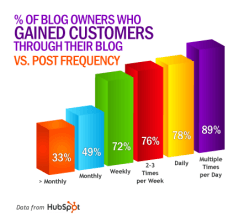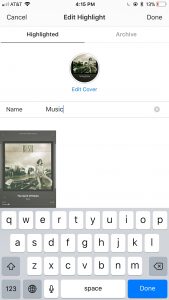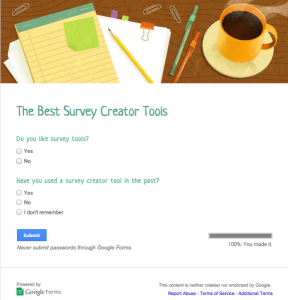— December 21, 2018
Email has been around for what seems like ages – but it’s not old news. A study conducted by DMA Insight reported 99% of all consumers check their email every day, generally multiple times a day. For some people, they check their inboxes 20 times a day or more.
So, it’s clear email’s staying power is undeniable. Sales teams across multiple companies use email as a strategy daily, but for it to be an excellent tool for your team, it needs to be impactful. After all, it’s only useful in a business setting when it’s effective. It should intrigue your audience, hit their pain points, and offer solutions.
It definitely should not be, “Hi, my name is so-and-so, and I am a sales rep at…”

picjumbo_com / Pixabay
Below you’ll find our advice on how your sales team can best utilize email.
What Type of Sales Emails Should I Send?
Imagine your sales’ emails like a real conversation. You wouldn’t just start talking about the nitty-gritty details of a software solution without first saying hello, would you? Typical sales emails follow this linear fashion and include:
- Introduction Email to Prospects. This email introduces your prospective client to you, your company, and your expertise.
- Follow Up Email If They Don’t Respond. Either the following day or upcoming week, send an additional email apologizing for not being able to connect and expanding on the content in the first.
- Follow Up Email If They Respond. If they respond positively, offer to move the conversation to the phone or ask if they’re interested in a demo. If they respond negatively, thank them for their time and end the conversation.
- Still Interested Email. If your contact ignores your introductory email and follow-up email, you can ask if they’re still interested in your product or going further with the conversation. Use this email sparingly, if you believe they need your service. Sometimes people can truthfully get busy and lose your emails.
- Ending the Conversation Email. You wouldn’t leave a conversation in person without saying goodbye. If it’s clear they do not want to do business, send a polite follow-up email that addresses this.
What’s the Basic Formula of a Sales Email?
While every sales team is different, certain aspects should be in a sales email. They are:
- Personalized subject line
- Prospect’s name
- An opening line focused on one of the prospect’s pain points
- Something thought-provoking related to your services
- A signature
Your team’s email should include these components, but still but relatively short. The ideal length for a sales email is 50 to 125 words.
How Do I Get My Prospects to Open Them?
Aside from being concise, there are other tricks you can employ to ensure your prospects open your emails. You should always begin by researching the company and person you’re contacting to provide the best help. After that, consider the following tips:
- Keep the subject line short and enticing. Campaign Monitor shows 65 characters as the sweet spot for subject line length. Questions, such as Have You Considered Marketing Automation, typically perform well.
- Keep your language simple.
- A line that focuses on them. For example, “I know an accountant’s daily workload can be hectic, which is why I want to free up your time.”
- A good closer, generally ending with a question so they’re inclined to respond.
- An email signature that’s simple and includes your contact info. -Send your emails on a Tuesday if you can. Research shows Tuesday has the highest engagement.
- Always have someone from your team review it before sending.
Also see: How Content Marketing Can Help Your Sales Team Close the Deal
How Do I Maintain Success?
Create a report on all the emails you send that includes KPIs such as open rate, click through rate, bounce rate, unsubscribes, and more. Monitoring this data can show what you may need to refine to get the responses you want. Once you have solid practices in place, create a template for various sales emails your team can use to make the process faster. But remember to still monitor your performance even with templates.
Email is an essential tool in a sales executive’s belt, but it doesn’t come easy. Your contacts check their email regularly, but for them to respond, the content needs to be quality. When you know the basic formula, the different types of emails, and best practices to implement, email can effectively impact your bottom line. If you need help with your sales team’s email process, contact LyntonWeb today.
Digital & Social Articles on Business 2 Community
(37)







